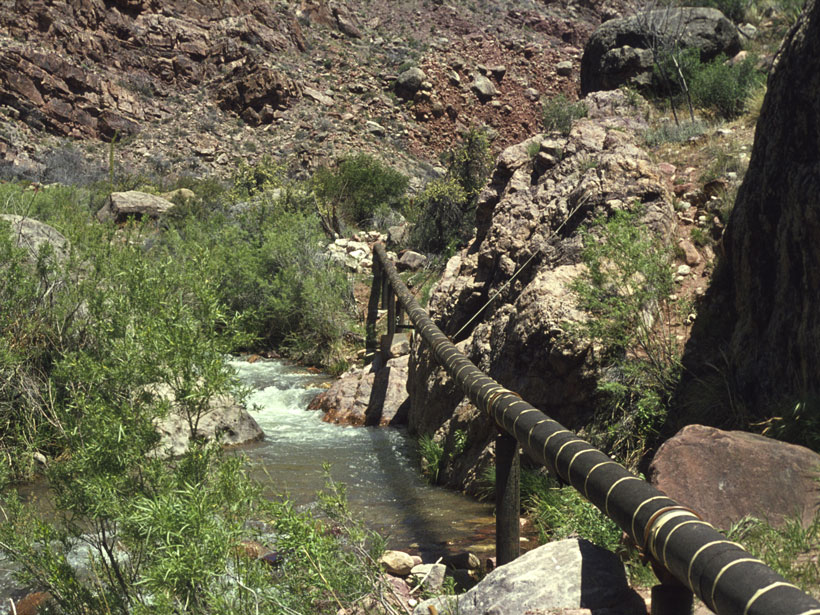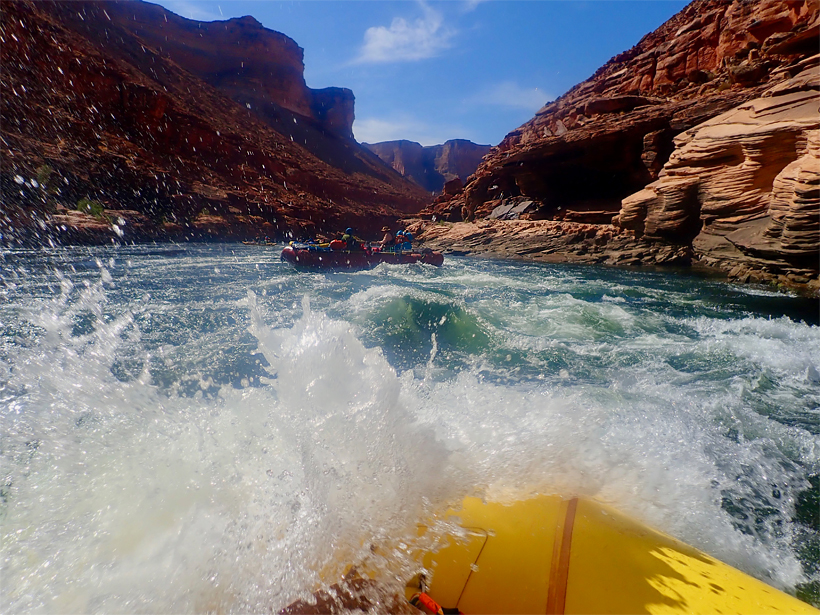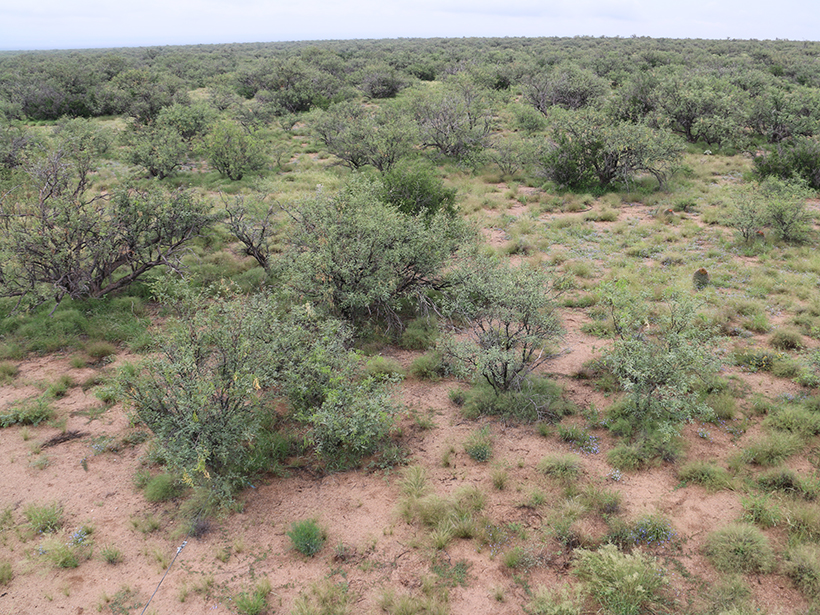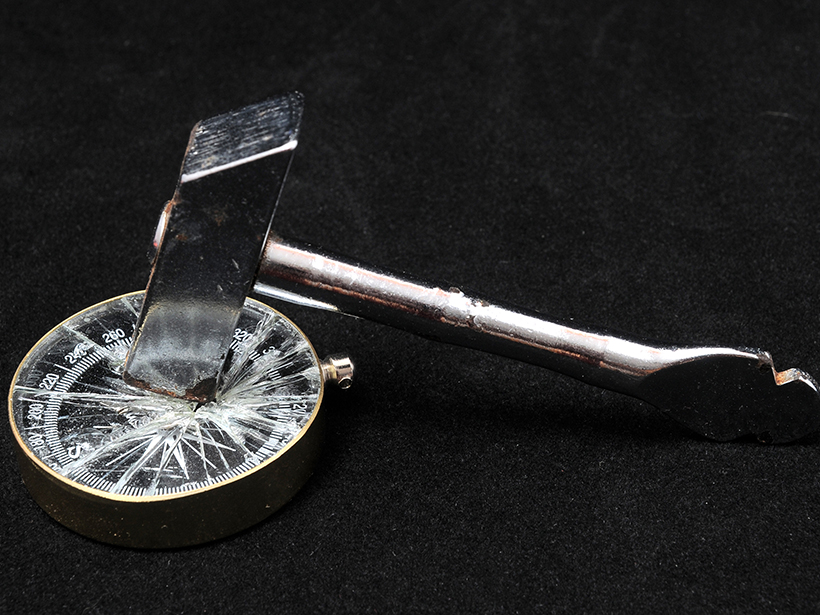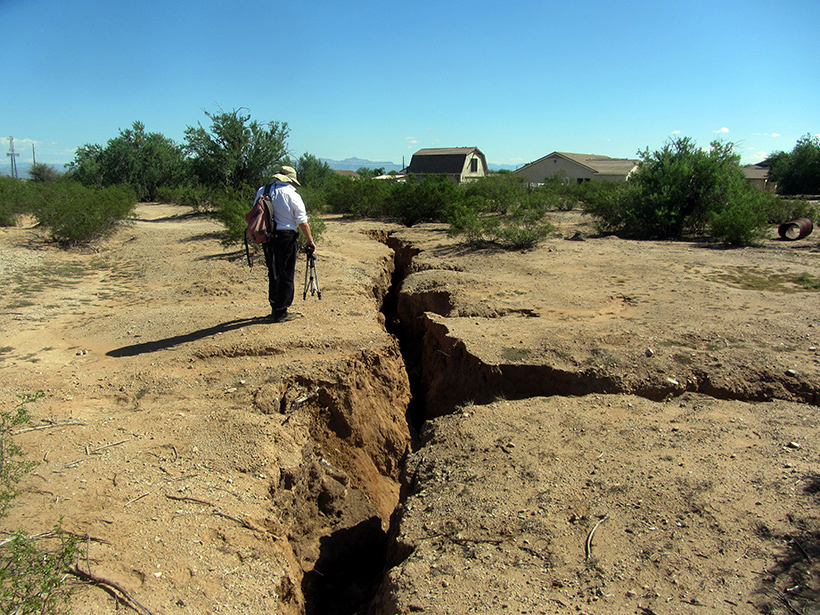Mejorar los modelos ayudará a proteger una fuente crucial de agua potable para ambos bordes del Parque Nacional del Gran Cañón.
Arizona
Tracking the Grand Canyon’s Mysterious Springs
Improved modeling will help protect a crucial drinking water source for both rims of Grand Canyon National Park.
Will Earth’s Grandest Canyon Keep Getting Grander?
Living in Geologic Time: Rafting through the past, present, and future of the Colorado River and the Grand Canyon.
How Mesquite Trees Gain a Competitive Edge in Arid Arizona
A new study shows that mesquites employ hydraulic redistribution to move water between soil layers in the savannas of Santa Rita.
Merle Lee Allison (1948–2016)
A dynamic geologist with a knack for organizing people, he served as state geologist in three different states and pioneered global efforts to develop cyberinfrastructure for the Earth sciences.
State Budgets, Geological Surveys, and the New Reality
As state geological surveys face budget cuts and reorganizations, scientists must step into political spheres to advocate for what they do.
Earth Fissures May No Longer Get Mapped in Arizona
A program that monitors giant cracks in the ground that suddenly appear after heavy rain could become a casualty of budget cuts to the Arizona Geological Survey.
Advocates Push to Restore Funding for Arizona Geological Survey
A state law that took effect on 1 July already has led to a loss of survey staff, services, and net revenue. Legislators and others hope they can reverse the situation.
New Law Puts the Squeeze on the Arizona Geological Survey
Arizona state services at risk include a program to map Earth fissures; the state's earthquake-monitoring network; and the Survey's mineral resources program.
Using Sound Waves to Study Grand Canyon Sediment
New technology could help scientists understand how experimental floods from Glen Canyon Dam restore sandbars downstream.

